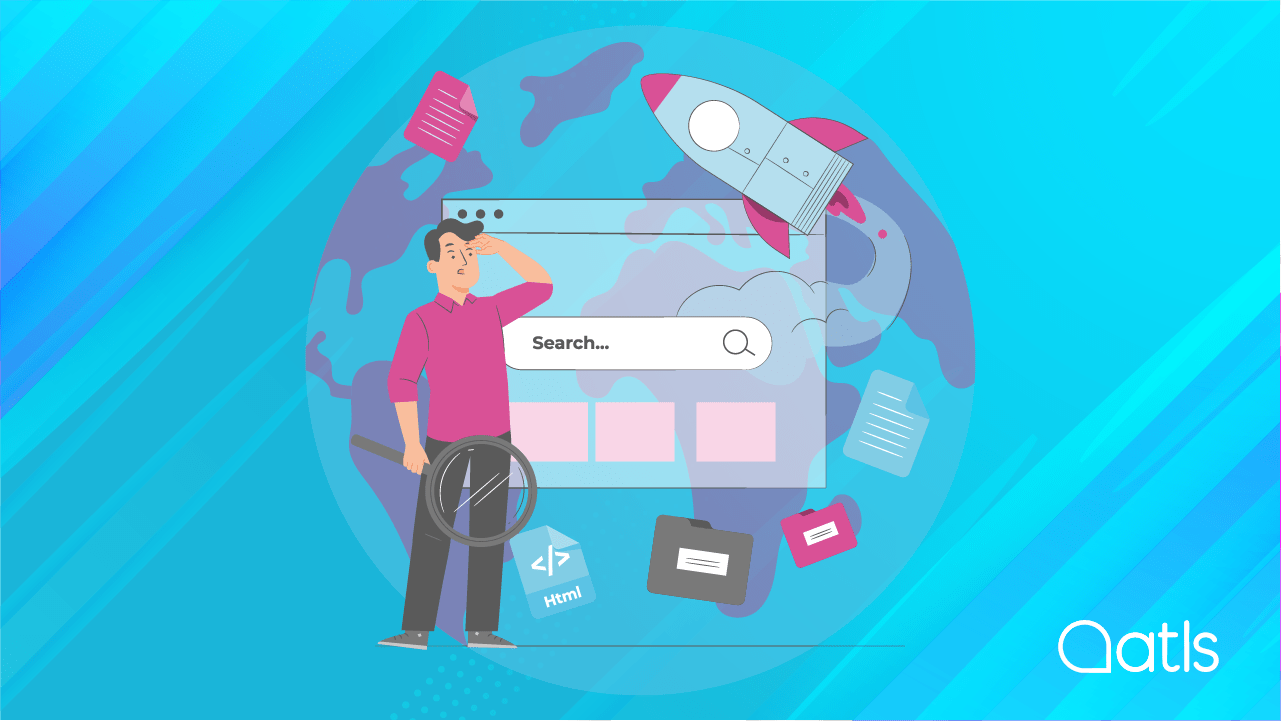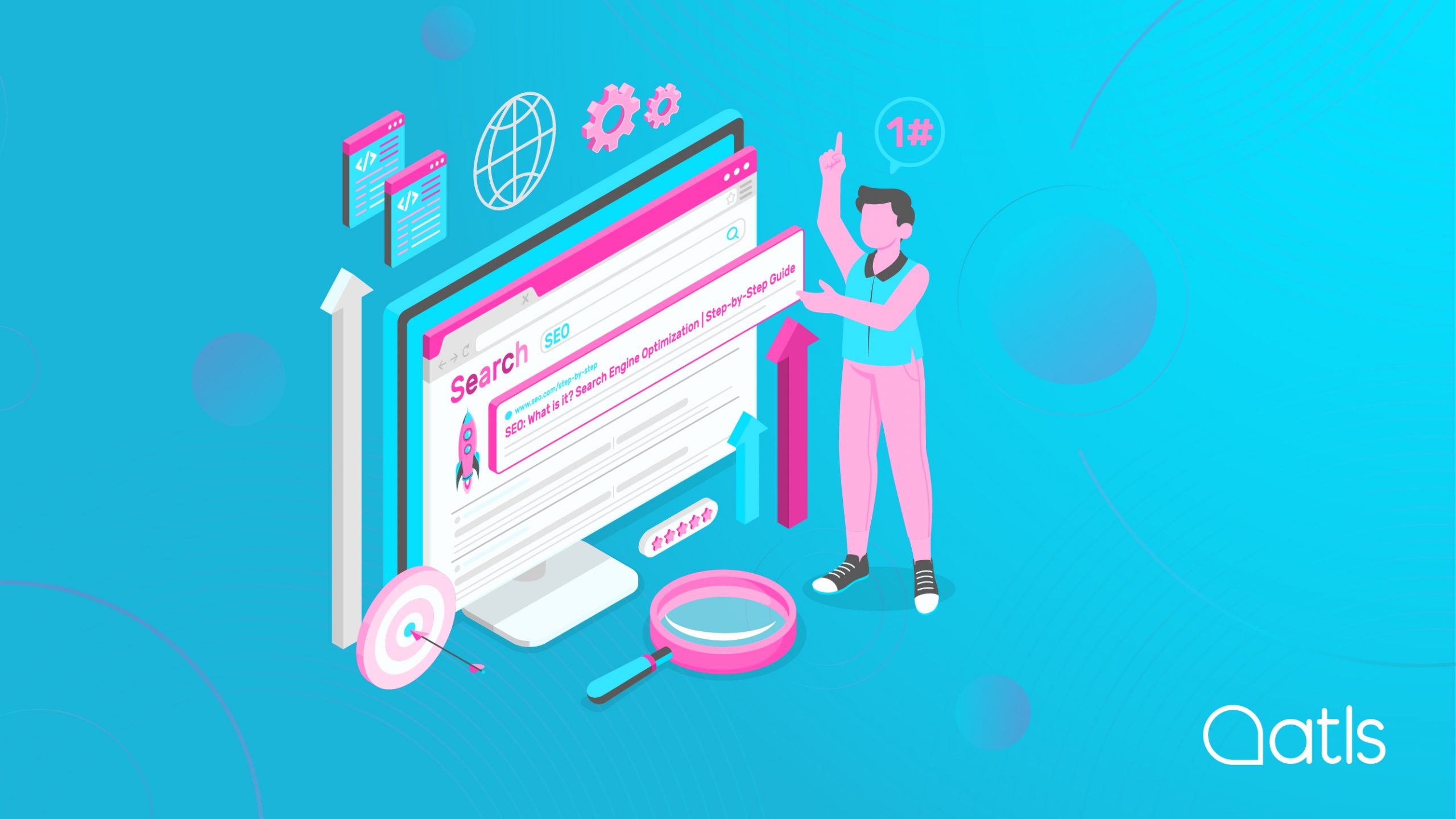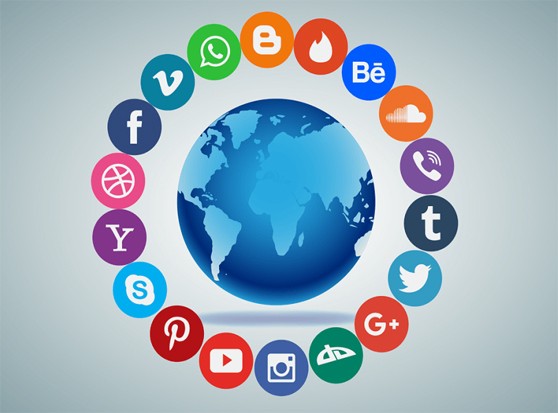Mistakes in translating international SEO

At AT Language Solutions we always emphasise the importance of translating your website into several languages: it internationalises your company, thereby increasing your sales potential in foreign markets. A professional translation of your content is essential when it comes to penetrating new markets. But for your internationalisation strategy to translate into conversions and sales, you need to look at international SEO translation. That way, it won't have a negative impact on the positioning of your entire website. This post looks at some of the most common pitfalls when it comes to positioning your website in several languages.
Not putting translation in the hands of professional translators
A lot of websites and even online stores put their trust in machine translations to translate content into other languages. But this can result in inaccuracies and spelling mistakes, leading to future customers losing confidence in the brand's professionalism.
And what's more, not working with native speaking professional translators means your content won't be adapted to the people reading it, with no attention paid to the geographical, ethnic, religious, or social norms and sensitivities of each country. One of the most striking examples of this was the damage to Spanish company Mango's reputation in France for selling a line of "slave" bracelets (in Spanish the word for "slave" can also mean a type of bracelet). The company was forced to apologise and immediately correct the translation error.
Not doing a keywords study for SEO translation
It's a common pitfall to think that having professionally translated content in the languages required is enough. No matter how well the texts are translated, the keywords you're using in the source language may not work in the same way in the target languages.
In many cases, the words users search for on search engines could be different depending on the country, even for the same product. That's why it's important to do keyword research for every new language, making your search terms for potential customers more accurate.
There are a lot of very useful keyword tools which you can use to refine your international strategy further, including Semrush, KWFinder and Google's Keyword Planner Tool.
Not using, or incorrectly using, the rel=”alternate” hreflang=”x” tag
The “hreflang” tag is one of the most powerful tags Google provides to optimise international SEO. So it's extremely important that each page correctly includes the “hreflang” tag in each of its versions. This tag always needs to be in the head of our page's code.
This is how Google recognises the language each version of the page is in, and it will give better positioning to pages which have these tags properly placed.
Using the rel=canonical tag to prioritise the preferred language
This is an error that can render your whole positioning strategy useless. If you use this tag you're saying to Google that, regardless of the language the user wants to see, the most important page is the one in the main language.
For example, the Spanish version is not relevant to a French visitor, which Google will consequently penalise your positioning for. The “rel=canonical” tag was created expressly to be used on duplicate pages in order to avoid a penalty from Google.
These are just some of the most common pitfalls when it comes to optimising international SEO, but there are a lot more. Which is why you should come to ATLS to translate your website into other languages, because we work with native-speaking professional translators. We can also help with your international SEO strategy and other translation services. Why not have a look at our website?




